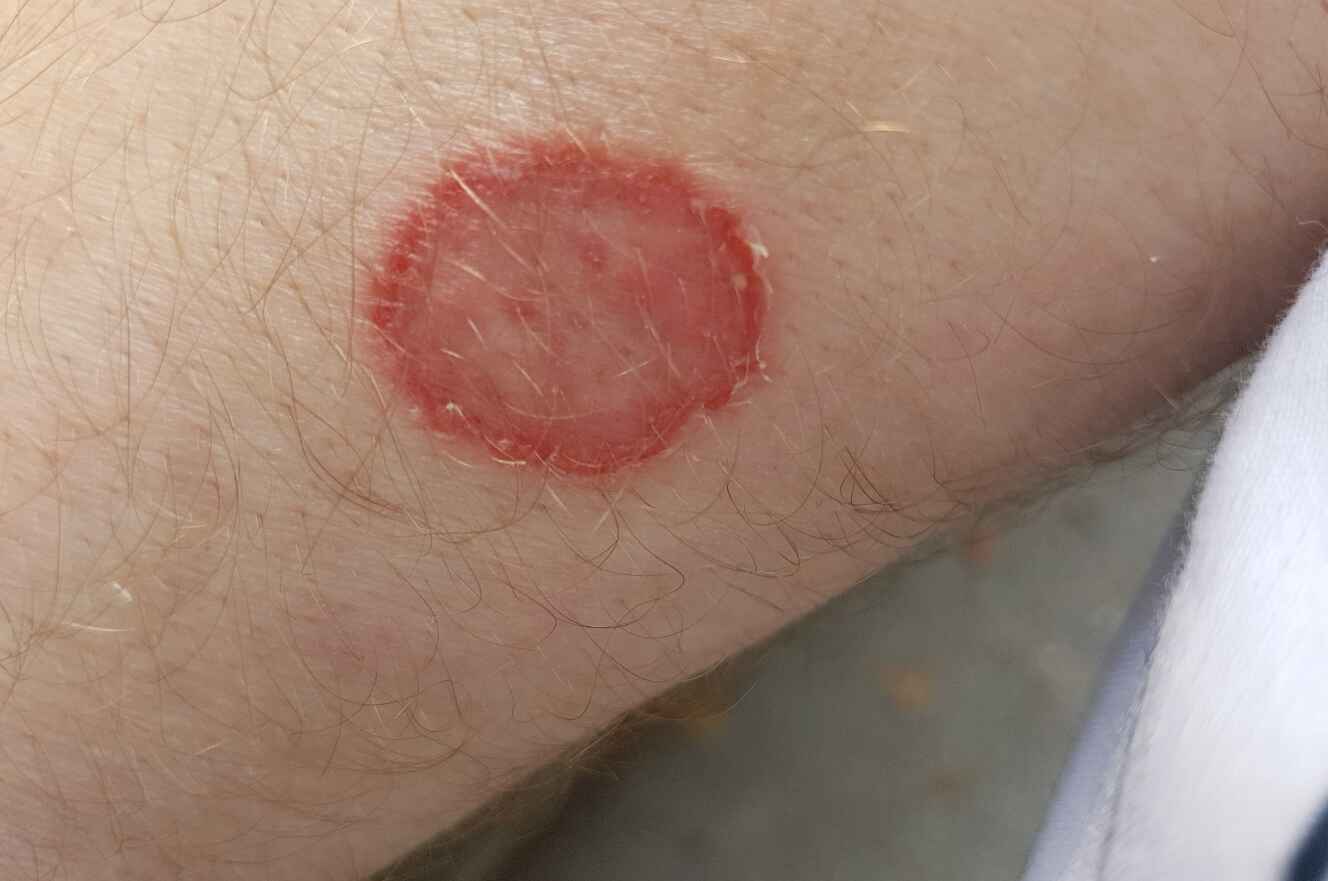What are fungal infections?
Fungal infections are caused by fungi (microscopic organisms) that can affect different parts of the body, including the skin, nails, hair, mouth, and even internal organs in severe cases. They thrive in warm, moist environments and can spread through direct contact, contaminated surfaces, or even from animals.
Commonly affected body parts are: –
- Skin
- Nails
- Mouth
- Vagina
- Throat
- Lungs
- Urinary tract
- Eyes
Types of fungal infection: –
- Superficial infection – fungal infections affecting the surface of your skin, nails, or mucous membranes.
- Subcutaneous infection – a fungal infection that is underneath your skin.
- Deep infection – fungus has spread to other body organs — like your lungs, brain, or heart.
A) Superficial infection – Includes
1) Ring worm – A group of fungi that live off of skin, hair, and nail cells cause ringworm.
Examples are-
- Tinea Pedi’s/athlete’s foot – affecting skin of the feet

- Tinea cruris/jock itch – affecting thighs and groins

- Tinea Capitis – affecting scalp

- Tinea manuum – affecting palms

- Tinea Barbae – Affects facial hair

2) Tinea Unguium – Many types of fungi cause infections of your fingernails or toenails.

3) Candidiasis – Candida causes skin and mucous membrane infections called candidiasis. Include oral thrush, some types of diaper rash, vaginal yeast infections (vulvovaginitis), esophageal candidiasis and candidal intertrigo.
- Diaper rash
- Intertrigo
- Tinea versicolor – The fungus Malassezia causes skin discoloration called tinea versicolor
B) Deep infection
Deep fungal infections are found in places in your body other than your skin, like your lungs, blood, urinary tract, or brain.
Includes
- Candidal urinary tract infection.
- Aspergillus, the mold that causes aspergillosis, can cause several lung infections, including allergic bronchopulmonary aspergillosis (ABPA) and chronic pulmonary aspergillosis.
- Blastomycosis. Blastomyces, the fungus that causes blastomycosis, commonly infects your bones, skin, and lungs.
Symptoms of fungal infection are: –
- Symptoms of superficial infection are: –
- Itching, soreness, redness, or rash in the affected area
- Discoloration of skin
- Thick or cracked nails
- White patches in or around the mouth associated with pain while eating and loss of taste.
- Symptoms of deep infection are: –
- Fungal infection in the brain – Headache, fever, neck pain, nausea/vomiting, sensitivity to light, and confusion.
- Fungal infection of eyes – Pain, redness, discharge, blurred vision, tearing, and sensitivity to light.
- Fungal infection of the intestinal tract – Abdominal pain, nausea, vomiting.
- Fungal infection of sinuses- Fever, nasal congestion, headache, one-sided facial swelling, face pain.
- Fungal infection of lungs – Aspergillosis is a fungal infection caused by breathing in Aspergillus mold spores, causing coughing with bloody sputum and shortness of breath.
Are fungal infections contagious?
Yes, some fungal infections are contagious and can spread from person to person or from animals.
- How do fungal infections spread?
- Direct contact: Touching an infected person or animal
- Sharing items: Sharing towels, clothes, hairbrushes, or bedding with an infected person
- Contaminated surfaces: Touching surfaces where the fungus is present, such as shower floors, locker rooms, or areas around swimming pools
- Soil: Contact with soil that contains the fungus.
How can the risk of getting a fungal infection be reduced?
You can prevent fungal infections by practicing good personal hygiene and protecting yourself from fungi found in the environment.
Tips for avoiding fungal infections include:
- Shower after getting dirty and sweaty, and don’t let the area of your skin stay damp
- Don’t walk barefoot in public bathrooms, showers, and locker rooms.
- Wear clean, dry, and cotton undergarments.
- Keep your nails short and clean.
- Take care of your dental hygiene.
- Don’t share your items with others.
Why choose homeopathy for fungal infection?
Homeopathy offers a gentle and natural way to heal fungal infections instead of suppressing them. Anti-microbial properties of homeopathic medicines help inhibit fungus growth. Anti-inflammatory effects of homeopathic medicines help soothe inflammation and irritation of skin due to fungal infection. Homeopathic medicines gives cooling and soothing effects to provide relief from itching and burning caused by ringworm.
Medicines are prescribed based on-
- The Type of fungal infection.
- The location and severity of symptoms.
- The patient’s past and family history.
Top homeopathic medicines for treatment of fungal infections and ring worms are: –
- Bacillinum
- Thuja
- Sepia
- Merc Sol
- Sarsaparilla
- Urtica urens
Why Cosmic Homeo Healing Centre?
At our Cosmic Homeo Healing Centre, under the guidance of second-generation homeopathic doctor Dr Mahavrat S Patel and our team of experts, we have helped many patients of fungal infection and have prevented the recurrence of the same with the help of homoeopathic medicines for permanent and long-lasting relief.

